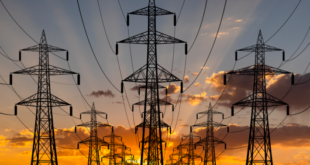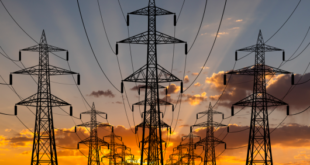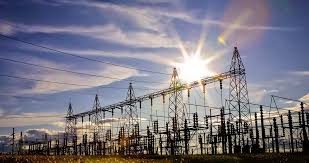The United Kingdom is very diligent in its efforts to become a greener country. This year. local media were proud to report that electricity produced by wind and solar installations had overtaken that produced by nuclear power plants. Earlier this week. a gas distribution company. Cadent. announced it will invest more than US$1.2 billion (900 million pounds) in the construction of the first large-scale hydrogen fuel station network in the country. The list can go on and the message is clear: the UK wants to reduce its dependence on oil and gas. especially the latter. most of which it gets from Russia.
A fresh report from the Institution of Mechanical Engineers has suggested a way to reduce the country’s dependence on imported gas. The way involves hydrogen made using the excess energy produced by wind and solar installations and then stored in the national gas grid.
“This hydrogen can then be used in all areas of the energy system producing low emissions fuel for transport. reducing the CO2 emissions from the heating system. reused to generate electricity as well as a greener feedstock for industries such as ammonia and plastics production.“
The idea sounds lovely and timely. only in order to materialize. it looks like it will require some serious investment and cheaper power-to-gas technology to bring about the hydrogen economy the IME is calling for. This hydrogen economy has some strong proponents in Europe. but there is a lot of work to be done before it can serve as an alternative to the current economy.
Falling solar and wind technology costs are the main drivers of the hydrogen shift. The variety of applications for the element is also a major advantage that could stimulate investments. Yet there are also problems such as the cost of power-to-gas installations to date. and if we are being honest. natural gas is still there. and it’s still much cheaper.
According to some industry observers. U.S. LNG could derail the advent of the hydrogen economy in the UK. Exports of LNG from the United States to the UK have been expanding. and it seems that this expansion is a trend: the UK is a naturally attractive destination for U.S. LNG cargoes as it is closer than some Asian markets. and also because the UK is eager to diversify its sources of gas.
The hydrogen economy. to be achieved through a system approach as laid out in the IME’s report. will take a long time. A large-scale hydrogen network is certainly a step in the right direction. but it is one of many steps. The government must commit to the transition to make it happen—and this. too. will take time. Meanwhile. the country will continue to need LNG. and U.S. shale producers will be only too happy to supply more and more of it.
The change of scale suggested in the IME paper happens slowly. not just because of the inherent challenges listed above. but because of governments’ natural mistrust of new things. be they power-to-gas technologies or an entire approach to energy supply. First the new technologies need to prove that they can work far better than the old ones. and to do it more efficiently.
A hydrogen economy may be vastly superior to a gas-based one. but this needs to be proven. Gas. meanwhile. has nothing to prove. Gas works and it’s cheap. And because of this it can undermine the efforts of the IME and other proponents of the hydrogen economy. On the other hand. it could stimulate them into more innovation. which could eventually result in the replacement of gas with hydrogen.
 Iran Energy News Oil, Gas, Petrochemical and Energy Field Specialized Channel
Iran Energy News Oil, Gas, Petrochemical and Energy Field Specialized Channel




